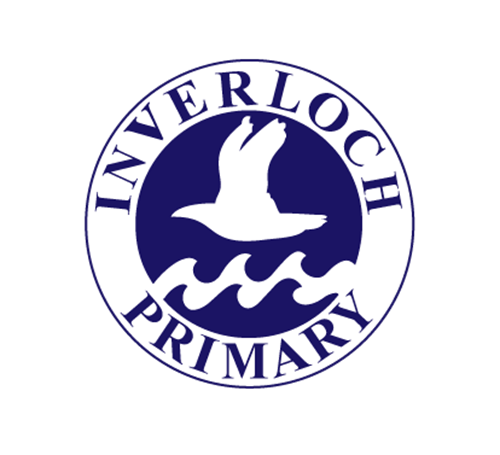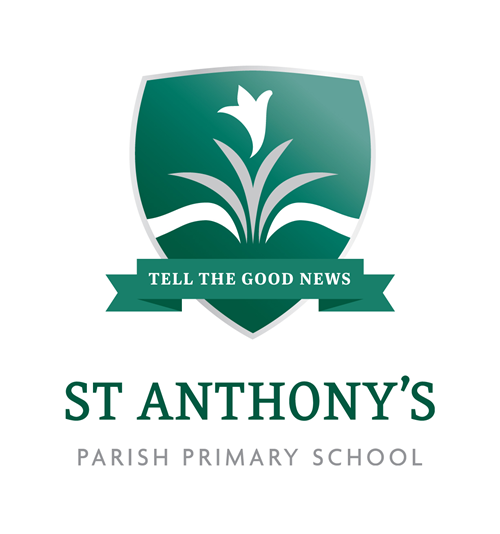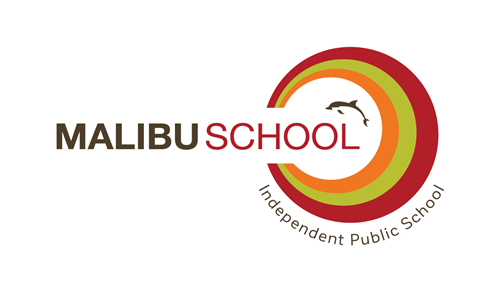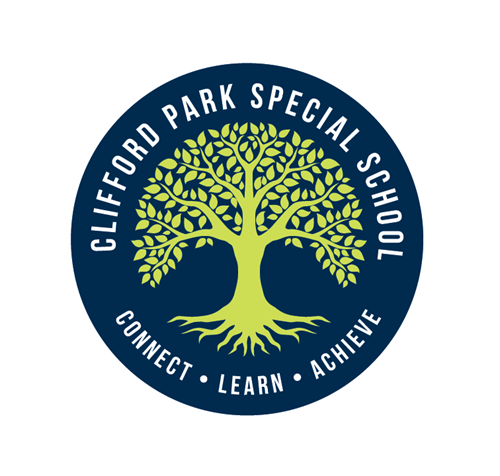Learning intention
To integrate the content from the Language, Literature and Literacy strands to write stories about animals. The focus of the lesson is the structure and punctuation of written narrative texts.
To develop her students' SAE language proficiency of EAL/D students as they learn how to construct a narrative text.
Prior to the lesson
The teacher has addressed the following with the students:
- A range of culturally diverse stories involving animals
- the language use for ‘stories’ and what they mean
- how stories are told
- how different cultures use animals as characters in stories
During the lesson
These include, including explicit whole class instruction through modelling text construction, individual teacher/student conferencing and opportunities for independent text construction and editing of text. In planning for and implementing the unit, the teacher draws on various components of ACARA's EAL/D Teacher Resource including the EAL/D learning progression to monitor the student students’ language proficiency and the English and EAL/D annotated content descriptions. These annotated content descriptions provide relevant teaching strategies and cultural or linguistic considerations implicit in the curriculum content descriptions. EAL/D students also worked towards the consolidation of alphabetic and phonic knowledge, pronunciation, vocabulary, grammar, text structure and punctuation.
The teacher:
- determined what the students knew about stories
- supported students in telling and writing stories about Australian animals
- Discussed the characteristics of a story
- The use of hoops and labels to identify and step through the structure of a story
- Characters and setting
- The problem
- The events that take place
- How the problem is solved
- How the story ends
Planned adjustments
The teacher:
- Started at age appropriate content
- employs a range of supportive teaching strategies to personalise learning.
- Use of explicit language
- Use of modelled language
- Explicit
- Provision of story starters
- Story maps
- planned opportunities for one to one conferencing
- encourages students to draw on their cultural knowledge
Dimensions of the Australian Curriculum accessed in this illustration of practice

|
Sub-strand
|
Element from Achievement Standard
|
Content Descriptions
|
|
English
|
Year 1
understand the different purposes of texts.
describe characters, settings and events in different types of literature.
understand how characters in texts are developed.
create short texts for a small range of purposes.
|
Understand that the purposes texts serve shape their structure in predictable ways (ACELA1447)
Understand the use of vocabulary in everyday contexts as well as a growing number of school contexts, including appropriate use of formal and informal terms of address in different contexts (ACELA1454)
Create short imaginative and informative texts that show emerging use of appropriate text structure, sentence-level grammar, word choice, spelling, punctuation and appropriate multimodal elements, for example illustrations and diagrams (ACELY1661)
Discuss features of plot, character and setting in different types of literature and explore some features of characters in different texts (ACELT1584)
Use interaction skills including turn-taking, recognising the contributions of others, speaking clearly and using appropriate volume and pace (ACELY1788)
Reread student's own texts and discuss possible changes to improve meaning, spelling and punctuation (ACELY1662)
Recognise that different types of punctuation, including full stops, question marks and exclamation marks, signal sentences that make statements, ask questions, express emotion or give commands (ACELA1449)
|
General capabilities
Example 1
|
General Capability
|
Sub-element
|
Level 1
|
Level 2
|
Level 3
|
Level 4
|
Level 5
|
Level 6
|
|
Critical and Creative Thinking
|
Reflecting on thinking and process
|
|
|
|
|
|
|
|
Critical and Creative Thinking
|
Transfer knowledge into new contexts
|
|
|
|
|
|
|
Additional ACARA documents/ frameworks used to plan the lesson
EAL/D learning progressions
|
Creating texts Foundation
|
Create short texts to explore, record and report ideas and events, using familiar words and phrases and beginning writing knowledge (ACELY1651)
|







